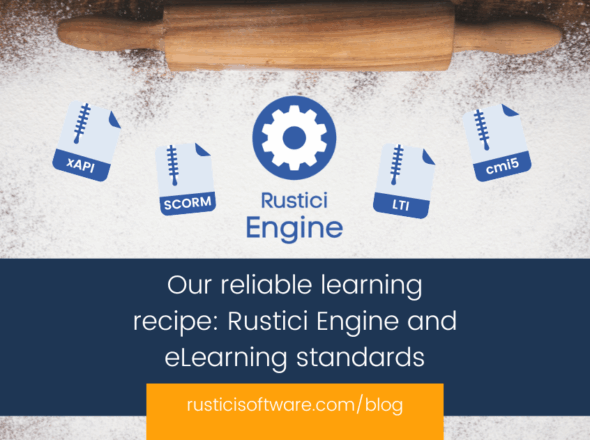I love when I come upon some independent research that informs me of something I didn’t know. Truth be told, I base a lot of my assumptions about LMS cost on the original price offered by my first eLearning employer. (List price at PureSafety back in 1999 was $79/employee/year.) I get the sense that the industry might have changed a bit since then. So, when a random tweet pointed me to this blog post, I was psyched. *Edit: 8/2/11 – blog post has been removed.*
Brandon Hall does a lot of independent eLearning research, most of which you have to pay for. I get that, I do, but it substantially reduces the amount of their stuff that I actually get to read. This post, however, shared some really nice aggregate numbers about LMS pricing. The average price for an LMS, based on a three year cumulative price:
HOSTED (Saas) IMPLEMENTATIONS:
- 500 users: $68,977
- 10,000 users: $314,444
- 25,000 users: $568,201
- 100,000 users: $1,288,054
INSTALLED IMPLEMENTATIONS:
- 500 users: $48,231
- 10,000 users: $260,569
- 25,000 users: $486,076
- 100,000 users: $1,204,942
This, alone, is likely useful information for a lot of folks who read this blog. Brandon Hall undoubtedly has a lot to add beyond this top level of data. They’re studying, in particular, the low-cost LMS providers in this case. To qualify, a company has to be below average in all four categories. So, if you appreciate the information, follow up with Brandon Hall.
For my purposes, this information is interesting because it allows me to assess the “reasonableness” of our pricing. First off, let me make it clear that I understand we are not selling an LMS. We are selling a piece of an LMS.
What portion of an LMS is SCORM/AICC content delivery?
This question interests me enough that I’ve wandered around much of the day asking folks about it.
@timpmartin a very small percentage, maybe 10%, we use LMSs mostly for instructor-led classes & general reporting.
@pipwerks, a regular reader of this blog
For some, there was an important distinction: functionality vs use. If an LMS has 500 features, perhaps 25 of them relate to the delivery of standards based content. That would put the functionality number at, say 5%. That 5% of the LMS, however, might be used dramatically more than the other features, given its fundamental, core nature. If you were to use page views as a metric, or something similar, consensus among my sparring partners was that the number would be substantially higher. Might 50% of page views in an LMS relate to the delivery of content? My sense is that that might be a reasonable number.
@timmartin expressed as a % of the actual functionality AVAILABLE in a LMS, <5%. expressed as a % of actual usage of the LMS, 50%
Mike Rustici
Also of interest was how an individual’s perspective affected their opinion on the subject. As we’ve long known, learning-focused individuals make use of SCORM/AICC less than training focused individuals. Put simply, people who care about recording completions generally care more about SCORM/AICC.
@timpmartin Re. SCORM AICC. Very little in higher education. Our faculty do not use rapid development tools. No need for tracking.
I love this stuff… I can’t get enough of how different people perceive value in varied aspects of an LMS.
What’s the point?
Well, frankly, this is all interesting to me in and of itself, but there’s a message about the SCORM Engine here as well. I believe the SCORM Engine fills a fundamentally important role within any LMS. Content delivery, in my mind, is what an LMS is there for.
The following chart shows what portion of the cost of an LMS would be allocated to the SCORM Engine based on the average prices provided by Brandon Hall above. If an average LMS vendor sold one license of their product for 500 users, we would be eating a huge portion of their revenue… 70%. For a company making a single sale with 10,000 users, we’re coming in at 15%, still a large number. But as these “average” vendors resell their product, the SCORM Engine cost burden drops substantially. Take the red line, the 10,000 user line with 10 implementations… the SCORM Engine cost burden is down to 3%.

By any measure, utility, functionality, or even support, content delivery is at least 3% of the effort burden in an LMS. If you intend to sell your LMS more than once, and I certainly hope you do, then the investment in a solid content delivery mechanism makes good sense.


